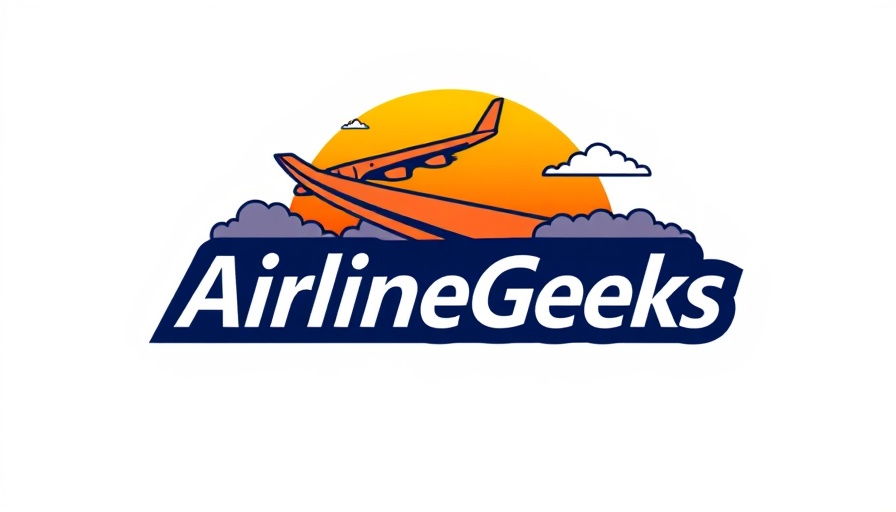
The Journey of Innovation: Wipaire's Legacy
Wipaire, a name synonymous with excellence in aerial firefighting, recently celebrated a remarkable milestone: the delivery of its 200th Fire Boss aircraft. This noteworthy achievement took place on September 23 at their headquarters in South Saint Paul, Minnesota, highlighting decades of innovation and commitment to safety in firefighting.
Founded by aviation pioneer Ben Wiplinger after World War II, Wipaire has transformed the landscape of aerial firefighting. Originally, the company modified military aircraft for civilian use, but it soon shifted focus to developing highly specialized planes capable of tackling wildfires effectively. The Fire Boss, introduced in 2003, is a testament to this evolution, combining cutting-edge technology with a unique amphibious water scooping system that allows it to hold up to 820 gallons of water.
Global Reach of the Fire Boss
The Fire Boss aircraft is not just a tool for firefighting; it is a vital resource used worldwide. As wildfires become a growing global concern, having an effective firefighting mechanism is crucial. The Fire Boss has been certified in several countries, including the U.S., Europe, Australia, and China. Its reach extends from North and South America to Asia and Australia, showing the breadth of its application in mitigating fire hazards around the globe.
The Importance of Versatility in Aviation
Wipaire's commitment to versatility and innovation is evident not only in the Fire Boss but in all its endeavors. The company has spent decades perfecting float systems and aircraft modifications. Their designs have revolutionized floatplane flying since the 1960s, focusing on creating smoother and lighter floats that enhance aircraft performance. This spirit of innovation is crucial in a world where wildfires pose increasing challenges to communities and ecosystems.
How Aerial Firefighting Benefits Communities
In an age where climate change heightens the risk of wildfires, aerial firefighting tools like the Fire Boss bring a sense of security to vulnerable regions. These aircraft serve as rapid response teams, often deployed in situations where ground access is dangerous or delayed. With their ability to scoop water from nearby sources, they can attack fires efficiently and reduce damage to land and property.
Join the Movement: Learn to Fly or Support Aerial Firefighting
As the aerial firefighting industry continues to grow, there’s never been a better time to get involved. Whether you're interested in learning to fly or supporting initiatives for better firefighting technology, there are opportunities for everyone. Engage with your local flight schools and community initiatives dedicated to enhancing aviation safety and fire response efforts.
Wipaire's journey illustrates how dedicated innovation in aviation can lead to community empowerment and safety. Together, we can foster a culture of preparedness and resilience against wildfires.
 Add Row
Add Row  Add
Add 




Write A Comment